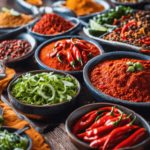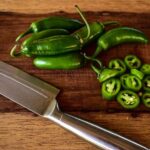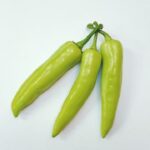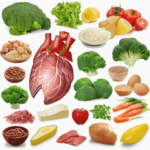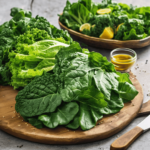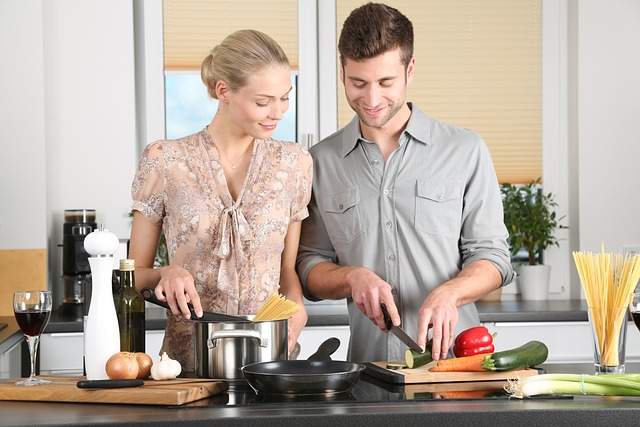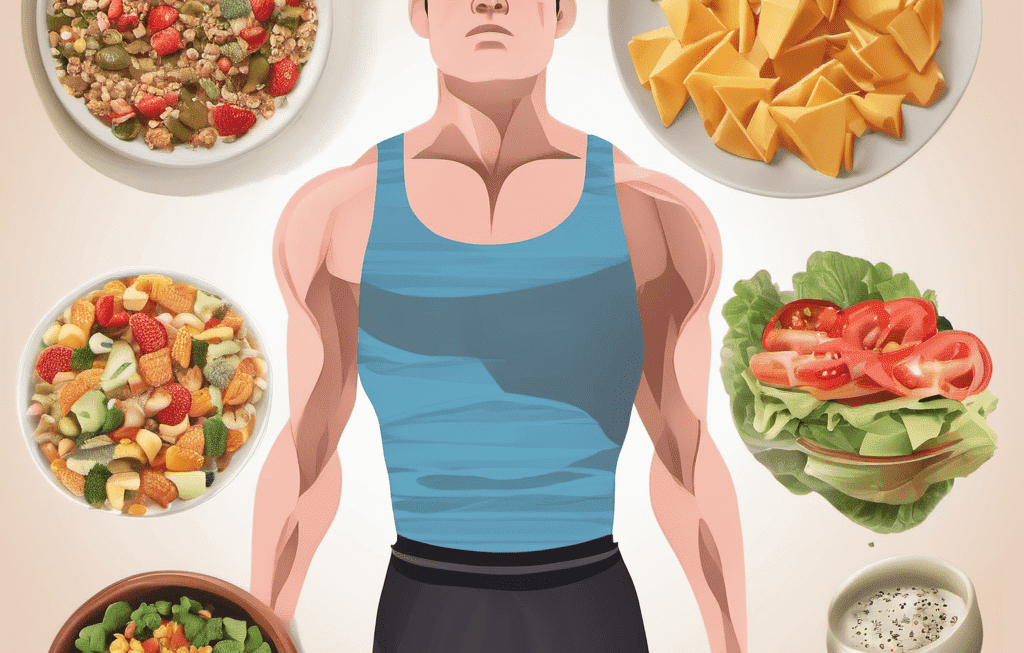Introduction:
Cooking is more than a daily necessity; it’s an art, a skill that anyone can master with the right guidance. In this article, we’ll delve into a plethora of cooking tips designed to simplify the process and enhance your culinary prowess. Whether you’re a seasoned chef or a kitchen novice, these tips will undoubtedly elevate your cooking game.
Basic Cooking Tips:
Organizing Your Kitchen
A well-organized kitchen is the heart of every home, especially for those who love to cook. Whether you’re a seasoned chef or a novice in the kitchen, an organized cooking space can make meal preparation more enjoyable and efficient. In this guide, we’ll explore some practical tips on organizing your kitchen to enhance your cooking experience.
-
- Declutter Your Space:
Start by decluttering your kitchen. Discard expired items, donate utensils and appliances you rarely use, and streamline your pantry. A clutter-free kitchen provides a clean canvas for efficient cooking. - Categorize and Group Items:
Arrange your kitchen tools, utensils, and ingredients by category. Keep similar items together, such as baking supplies, spices, pots, and pans. This makes it easier to find what you need when you’re in the midst of cooking. - Invest in Storage Solutions:
Utilize storage containers, baskets, and shelves to maximize your kitchen space. Clear containers for grains and labeled jars for spices not only keep ingredients fresh but also add visual appeal to your pantry. - Create a Functional Work Triangle:
Arrange your stove, refrigerator, and sink in a triangular layout, known as the kitchen work triangle. This design minimizes unnecessary movement and enhances workflow, making your cooking process more efficient. - Organize Utensils and Tools:
Use drawer dividers to keep utensils neat and easily accessible. Consider hanging pots and pans to save cabinet space. Magnetic strips on the wall can be a handy solution for storing knives and other metallic tools. - Label Everything:
Invest in a label maker or use stylish labels to identify containers and jars. This not only adds a touch of organization but also helps you quickly locate ingredients, avoiding confusion during the cooking process. - Keep Countertops Clutter-Free:
Maintain clear countertops to create an inviting workspace. Store regularly used items, like cutting boards and kitchen appliances, within reach, and stow away the rest to avoid unnecessary visual distractions. - Rotate Stock Regularly:
Keep track of expiration dates and use the FIFO (First In, First Out) method when stocking your pantry. Regularly rotate items to ensure you’re using ingredients before they expire and to maintain a well-organized storage space. - Designate Cooking Zones:
Divide your kitchen into specific zones for different tasks, such as a prep area, cooking area, and baking area. This strategic organization will minimize the need to move around the kitchen, improving overall efficiency. - Regular Maintenance:
Set aside time for regular kitchen maintenance. Clean and organize your space weekly to ensure that it remains an enjoyable and efficient environment for your cooking adventures.
- Declutter Your Space:
A well-organized kitchen is not just aesthetically pleasing but also a practical necessity for anyone who loves to cook. By implementing these tips, you can transform your kitchen into a functional and efficient space, making the cooking process more enjoyable and stress-free. Organizing your kitchen is an investment that pays off every time you create a delicious meal with ease.
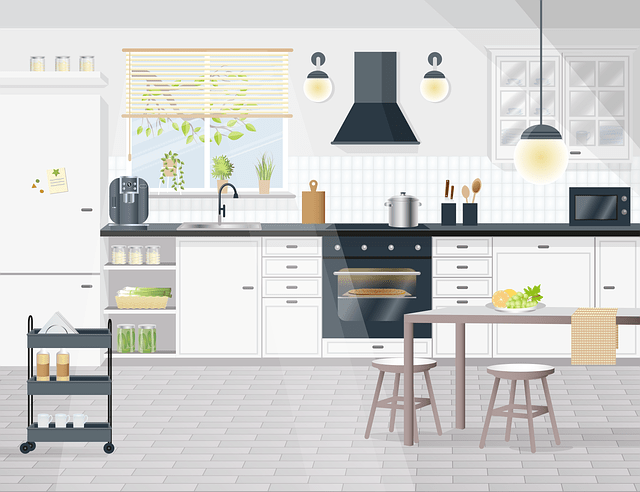
Essential Cooking Tools:
Investing in quality cooking tools can make a world of difference.In the realm of culinary exploration, possessing the right tools is paramount. Essential cooking tools form the backbone of a well-equipped kitchen, facilitating seamless execution of diverse recipes. A sharp chef’s knife becomes an extension of your hand, slicing and dicing effortlessly, while a versatile cutting board provides a stable surface for precision. Quality cookware, such as a reliable skillet and saucepan, transforms ingredients into culinary masterpieces, while a trusty thermometer ensures accurate temperature control. Utensils like spatulas and tongs are indispensable for precise handling, and measuring cups and spoons guarantee the precision required in baking. The synergy of these essential cooking tools not only streamlines the cooking process but elevates your culinary prowess, turning every kitchen endeavor into a delightful and successful culinary experience.
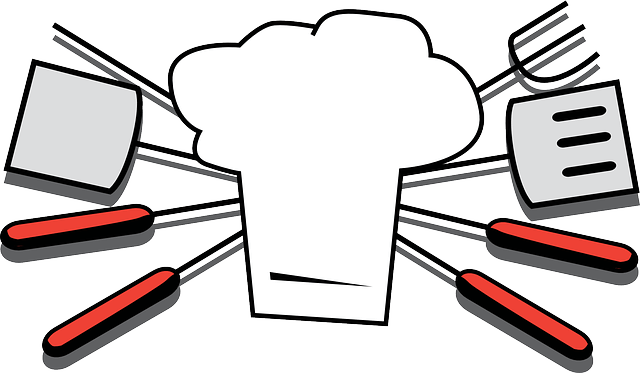
Understanding Cooking Measurements:
Cooking is a science, and accurate measurements matter. Familiarize yourself with common cooking measurements to avoid recipe mishaps. Navigating the culinary landscape requires a fundamental grasp of cooking measurements, a language that dictates the precision and balance in the kitchen. Understanding the difference between volume and weight measurements is crucial, where ingredients like flour or sugar can significantly vary in density. Equipping oneself with accurate measuring cups and spoons is essential for consistency, while a kitchen scale provides precision, especially when dealing with critical ratios. Mastering the art of converting between various measurement systems ensures flexibility and confidence in following diverse recipes. Whether a pinch, a dash, or a cup, decoding cooking measurements is the key to unlocking the full spectrum of culinary possibilities, ensuring that every dish emerges from the kitchen with the intended flavor and texture.
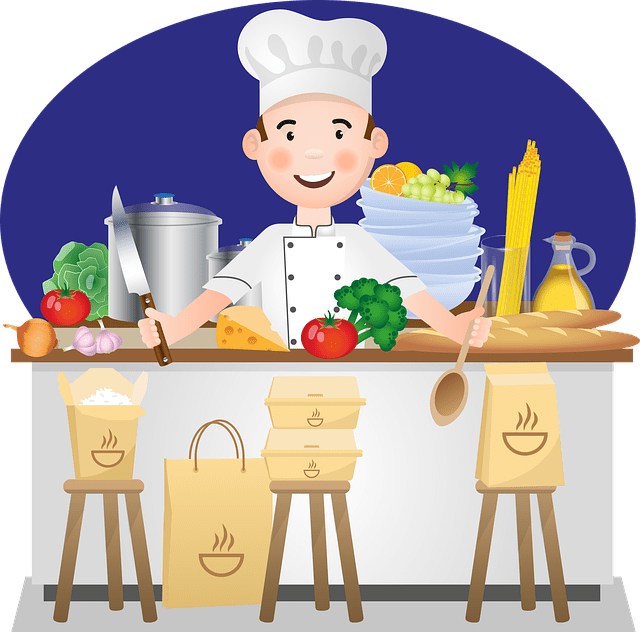
Mastering Cooking Techniques:
Mastering cooking techniques is a journey that transforms ordinary ingredients into extraordinary meals. It goes beyond following recipes; it’s about understanding the science behind cooking and developing the skills to elevate your culinary creations. Here are some essential cooking techniques and tips that will help you become a master in the kitchen:
-
- Knife Skills:
Invest in a high-quality chef’s knife and keep it sharp.
Learn basic cutting techniques like chopping, dicing, and mincing.
Practice proper knife grip and hand positioning to ensure safety and efficiency.
-
- Sautéing:
Heat the pan before adding oil or butter.
Ensure ingredients are dry to achieve proper browning.
Stir frequently to prevent burning and ensure even cooking.
-
- Roasting and Baking:
Preheat the oven for consistent results.
Use a meat thermometer to check doneness.
Allow meat to rest after cooking to retain juices.
-
- Grilling:
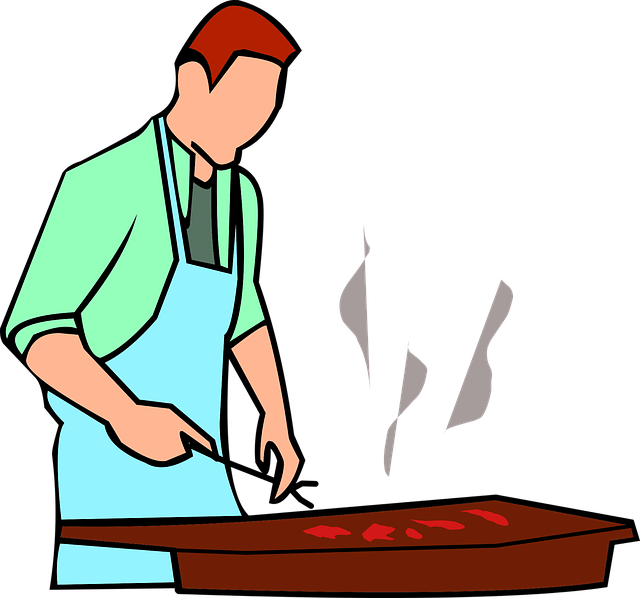
- Grilling:
Preheat the grill for at least 15 minutes.
Oil the grates to prevent sticking.
Use a meat thermometer to gauge internal temperatures.
-
- Boiling and Simmering:
Use a lid to bring water to a boil faster.
Add salt to boiling water for flavor.
Control simmering by adjusting heat and using a simmer ring.
-
- Blanching and Shocking:
Have an ice bath ready to shock vegetables and stop the cooking process.
Blanch vegetables briefly to preserve color and texture.
Drain vegetables well before shocking to prevent dilution of flavors.
-
- Braising:
Brown meat before braising for enhanced flavor.
Use a tight-fitting lid to retain moisture.
Cook at a low, consistent temperature for tender results.
-
- Emulsification:
Slowly add oil to achieve a stable emulsion in dressings and sauces.
Use room temperature ingredients for better emulsion.
Incorporate mustard or egg yolks to stabilize emulsions.
-
- Frying:
Maintain consistent oil temperature for even frying.
Use a thermometer to monitor oil temperature.
Drain fried foods on a wire rack to prevent sogginess.
-
- Mise en Place:
Prepare and organize ingredients before starting to cook.
Measure and chop ingredients to streamline the cooking process.
Keep a clean and organized workspace for efficiency.
-
- Flavor Balancing:
Taste and adjust seasoning throughout the cooking process.
Understand the balance between salt, acid, sweet, and umami.
Experiment with herbs and spices to enhance flavors.
-
- Time Management:
Plan and prioritize tasks to avoid last-minute rushes.
Use timers for different cooking steps to prevent overcooking.
Learn to multitask efficiently without compromising quality.
By honing these cooking techniques and incorporating these tips into your culinary practices, you’ll not only enhance the flavor and presentation of your dishes but also gain confidence in the kitchen. Remember, practice and experimentation are key elements in mastering the art of cooking.
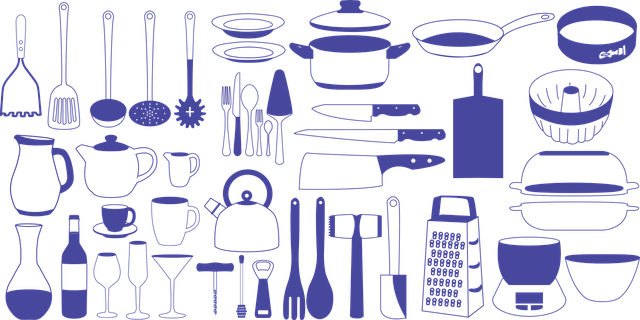
Time-Saving Cooking Tips:
Meal Planning
Efficient meal planning is a game-changer. Save time and stress by preparing a weekly meal plan, ensuring a variety of dishes without last-minute hassles.
Batch Cooking
Embrace batch cooking to simplify your daily routine. Cook in bulk and store meals for later, making hectic weekdays more manageable.
Using Time-Saving Appliances
Invest in time-saving appliances like slow cookers and instant pots. These tools streamline the cooking process, allowing you to enjoy homemade meals with minimal effort.
Enhancing Flavor:
Spice and Herb Combinations
Elevate your dishes with the right spice and herb combinations. Experiment with flavors to discover unique taste profiles that suit your palate.
Experimenting with Flavors
Don’t be afraid to step out of your comfort zone. Experimenting with flavors is the key to discovering new favorites and adding excitement to your meals.
Importance of Taste Testing
Regular taste testing ensures your dishes meet your expectations. Adjust seasonings as needed, and trust your palate to guide you to culinary perfection.
Troubleshooting Common Cooking Issues:
Salvaging Overcooked Food
Mistakes happen, even in the kitchen. Learn how to salvage overcooked food with creative solutions, turning potential disasters into culinary triumphs.
Fixing Underseasoned Dishes
Rescue bland dishes with simple seasoning adjustments. Discover the art of layering flavors to transform underseasoned meals into taste sensations.
Rescue Techniques for Burnt Food
Burnt your meal? Don’t panic. Explore rescue techniques to salvage burnt dishes and prevent unnecessary food waste.
Cooking on a Budget:
Affordable Ingredients
Cooking delicious meals doesn’t have to break the bank. Discover affordable ingredients that deliver on flavor, allowing you to create tasty dishes on a budget.
Smart Shopping Strategies
Learn smart shopping strategies to make the most of your budget. From seasonal sales to bulk purchases, these tips stretch your culinary dollars.
Making the Most of Leftovers
Transform leftovers into enticing new dishes. With a bit of creativity, yesterday’s dinner can become today’s gourmet lunch or dinner.
Cooking Tips for Beginners:
Building Culinary Confidence
Embark on your cooking journey with confidence. Start with simple recipes, gradually challenging yourself to expand your culinary skills.
Starting with Simple Recipes
Master the basics with simple recipes. As you gain confidence, you’ll be ready to tackle more complex dishes and culinary techniques.
Learning from Mistakes
Don’t fear mistakes; embrace them as learning opportunities. Every mishap in the kitchen is a step toward becoming a more skilled and confident cook.
The Joy of Cooking
Cooking as a Creative Outlet
View cooking as a form of creative expression. Experiment with ingredients and techniques, turning each meal into a masterpiece.
Sharing Meals with Loved Ones
The joy of cooking is amplified when shared. Invite friends and family to enjoy your creations, fostering connections through shared meals.
Celebrating Culinary Achievements
Celebrate your culinary achievements, big or small. Acknowledge the progress you’ve made and the delicious meals you’ve created along the way.
Staying Updated with Food Trends:
Social Media and Food Inspiration
Stay updated with the latest food trends through social media. Follow food influencers and chefs for inspiration to keep your meals fresh and exciting.
Trying New Ingredients
Don’t shy away from trying new ingredients. Embrace innovation in the kitchen by incorporating trendy or unique items into your recipes.
Embracing Culinary Innovations
Explore new cooking techniques and technologies. From sous-vide cooking to molecular gastronomy, embrace culinary innovations that elevate your kitchen skills.
Cooking Tips for Special Diets
Cooking for special diets demands a nuanced approach, necessitating a thorough understanding of specific dietary restrictions and preferences. Begin by educating yourself on the dietary needs unique to each special diet, and communicate openly with individuals to gather insights into their preferences and potential allergens. Develop label-reading habits to identify hidden sources of allergens, and implement stringent cross-contamination prevention measures. Mastering ingredient substitutions, experimenting with creative flavorings, and focusing on nutrient-rich alternatives will elevate the taste and nutritional profile of dishes. Thoughtful meal planning, investment in allergy-friendly cooking tools, and maintaining an open dialogue with guests ensure a positive culinary experience for those with dietary restrictions. Leveraging online resources and taste-testing dishes regularly contribute to the ongoing refinement of allergen-free recipes. Ultimately, cooking for special diets is an art that combines creativity, adaptability, and a commitment to providing safe, delicious, and nutritionally balanced meals tailored to individual needs.
Conclusion:
In conclusion, cooking is a delightful journey filled with endless possibilities. By incorporating these cooking tips into your culinary routine, you can turn ordinary meals into extraordinary experiences. Embrace the joy of cooking, share it with loved ones, and celebrate the delicious moments you create in your kitchen.
FAQs (Frequently Asked Questions)
Q: Can I substitute ingredients in a recipe without affecting the taste?
A: Yes, experimenting with ingredient substitutions can often lead to delightful flavor discoveries. Start with small changes and adjust to your liking.
Q: How can I salvage overcooked meat?
A: Consider making a flavorful sauce or gravy to accompany overcooked meat. This can help mask any dryness and enhance the overall dish.
Q: What’s the best way to organize my kitchen for efficient cooking?
A: Arrange your kitchen items based on frequency of use. Keep commonly used utensils and ingredients within easy reach for a smoother cooking experience.
Q: How do I incorporate more vegetables into my meals without sacrificing flavor?
A: Experiment with different cooking methods, such as roasting or sautéing, to enhance the natural flavors of vegetables. Season with herbs and spices for added taste.
Q: Are there any quick and healthy meal ideas for busy weekdays?
A: Yes, consider one-pan meals, stir-fries, or sheet pan dinners. These options are quick, easy, and allow for a variety of ingredients in a single dish.
What are some essential cooking tools and equipment?
Every kitchen should have a basic set of tools and equipment to make cooking easier and more enjoyable. These include:
- 1. A good chef’s knife
2. A cutting board
3. A set of mixing bowls
4. Measuring cups and spoons
5. A spatula
6. A whisk
7. A can opener
8. A colander
9. A vegetable peeler
10. A set of pots and pans
11. A baking sheet
12. A roasting pan - 2. What are some basic cooking techniques every beginner should know?
-
- Chopping: Learn how to chop vegetables and other ingredients uniformly to ensure even cooking.
- Sautéing: Master the art of sautéing to quickly cook vegetables, meats, and other ingredients with a bit of oil.
- Roasting: Roasting is a versatile technique that can be used to cook a variety of vegetables, meats, and fish.
- Stir-frying: Stir-frying is a quick and healthy way to cook vegetables and meats.
- Baking: Baking is a simple and reliable method for cooking a variety of dishes, from cakes to casseroles.
- Grilling: Grilling is a great way to add a smoky flavor to vegetables, meats, and fish.
3. How can I make my food taste more flavorful?
-
- Seasoning: Use salt, pepper, and other herbs and spices to enhance the flavor of your food.
- Acid: A little acid, such as lemon juice or vinegar, can brighten up the flavors of your dishes.
- Fat: Fat adds flavor and richness to food. Use healthy fats like olive oil or avocado oil.
- Freshness: Use fresh, high-quality ingredients for the best flavor.
4. How can I make my pasta dishes more flavorful?
-
- Don’t overcook the pasta: Cook pasta to al dente, which means it should be firm to the bite. Overcooked pasta will be mushy and have less flavor.
- Reserve some pasta water: Don’t drain all of the pasta water. Reserve some of the starchy pasta water to help create a sauce that will cling to the pasta.
- Sauté your aromatics: Before adding your sauce, sauté some aromatics like onions, garlic, and herbs to add flavor to the dish.
- Finish with fresh herbs and cheese: Add fresh herbs and cheese at the end of cooking for a burst of flavor.
5. How can I make my chicken dishes more tender and juicy?
-
- Choose the right cut of chicken: Use bone-in, skin-on chicken for the most flavor and moisture.
- Brine the chicken: Brining chicken in a saltwater solution helps to tenderize the meat and keep it moist.
- Don’t overcook the chicken: Use a meat thermometer to ensure that the chicken is cooked to an internal temperature of 165 degrees Fahrenheit.
- Let the chicken rest: Let the chicken rest for a few minutes after cooking to allow the juices to redistribute.
6. How can I make my vegetables more flavorful?
-
- Choose a variety of vegetables: Use a variety of colors and textures to make your vegetables more appealing.
- Roast them: Roasting is a great way to bring out the natural sweetness of vegetables.
- Sauté them: Sautéing vegetables quickly with a bit of oil adds flavor and caramelizes them slightly.
- Add herbs and spices: Use herbs and spices to enhance the flavor of your vegetables.
- Season them well: Don’t be afraid to season your vegetables with salt and pepper.
7. How can I make my desserts more impressive?
-
- Use high-quality ingredients: Use the best ingredients you can afford to make your desserts truly special.
- Take your time: Don’t rush the process of making a dessert. Take your time and pay attention to detail.
- Make it personal: Add your own personal touch to your desserts with a unique garnish or flavor combination.
- Present it beautifully: Take care to present your desserts in a way that is both visually appealing and tempting.



